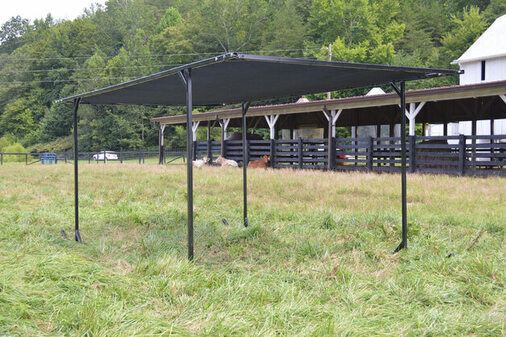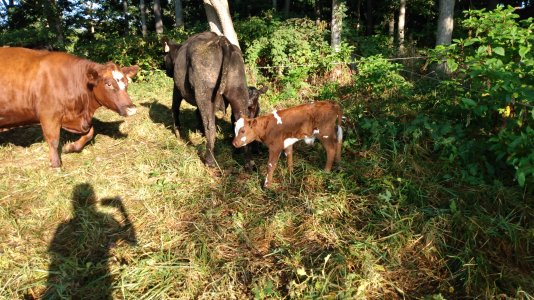Considering the prices of inputs now, I hope producers are exploring alternative routes when it comes to soil and animal health.
I suggest checking out videos/podcasts/literature of a few smart people, producers and scientists, in efforts to learn more about working with biology instead of against. I truly feel we have been blinded by Big Ag over the last 100 years, very very very much so in the last 50.
This list barely scratches the surface of smart folks bringing great information to light.
Producers:
Allen Savory (OG)
Dr. Allen Williams
Gabe Brown (Experimentor)
Greg Judy. (Most popular I'd say)
Will Harris (Best last name ☺)
Jim Gerrish (OG)
Joel Salatin (OG)
Mark shepherd (OG)
Scientists:
Dr. Elaine Ingham
Dr. Ray Archuletta (My most favorite)
Dr. Allen Williams (My 2nd favorite)
Dr. Christine Jones
YouTube Channels:
KYForages
Noble Research Institute
Grassfed Exchange
Podcasts:
Working Cows Podcast
Herd Quitter
Stockman Grass Farmer
Grazed in America
Grazing Grass
I wanted to be sure everyone knew there are options, and that most profit-robbing inputs are able to be managed around while improving soil/animals at the same time.
Share any information resources you have found helpful.
I suggest checking out videos/podcasts/literature of a few smart people, producers and scientists, in efforts to learn more about working with biology instead of against. I truly feel we have been blinded by Big Ag over the last 100 years, very very very much so in the last 50.
This list barely scratches the surface of smart folks bringing great information to light.
Producers:
Allen Savory (OG)
Dr. Allen Williams
Gabe Brown (Experimentor)
Greg Judy. (Most popular I'd say)
Will Harris (Best last name ☺)
Jim Gerrish (OG)
Joel Salatin (OG)
Mark shepherd (OG)
Scientists:
Dr. Elaine Ingham
Dr. Ray Archuletta (My most favorite)
Dr. Allen Williams (My 2nd favorite)
Dr. Christine Jones
YouTube Channels:
KYForages
Noble Research Institute
Grassfed Exchange
Podcasts:
Working Cows Podcast
Herd Quitter
Stockman Grass Farmer
Grazed in America
Grazing Grass
I wanted to be sure everyone knew there are options, and that most profit-robbing inputs are able to be managed around while improving soil/animals at the same time.
Share any information resources you have found helpful.
Last edited:



